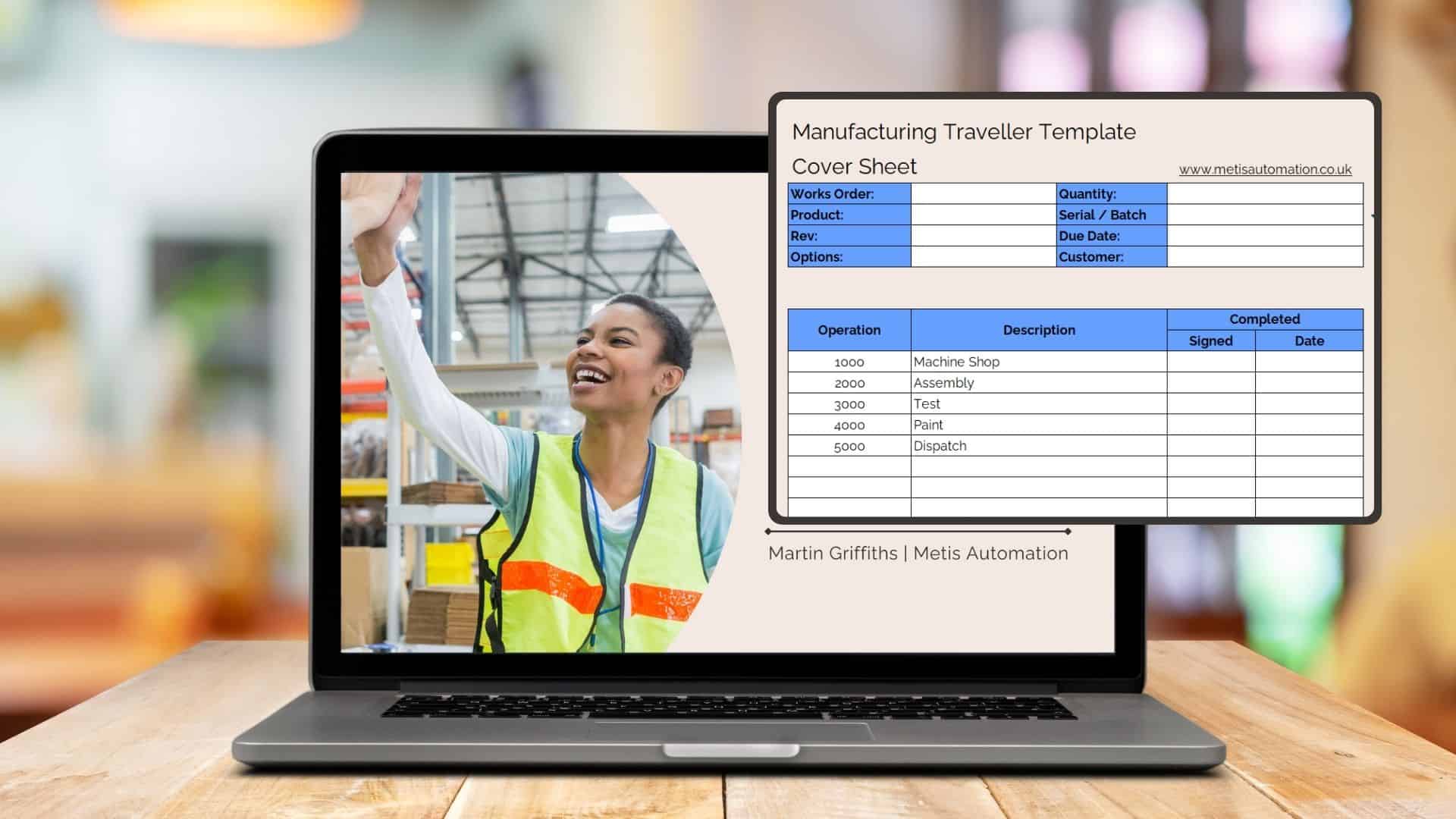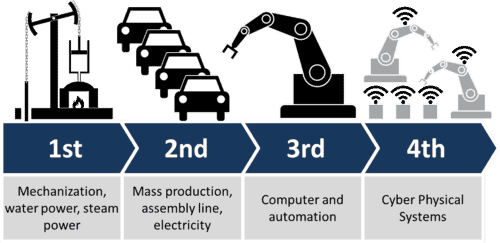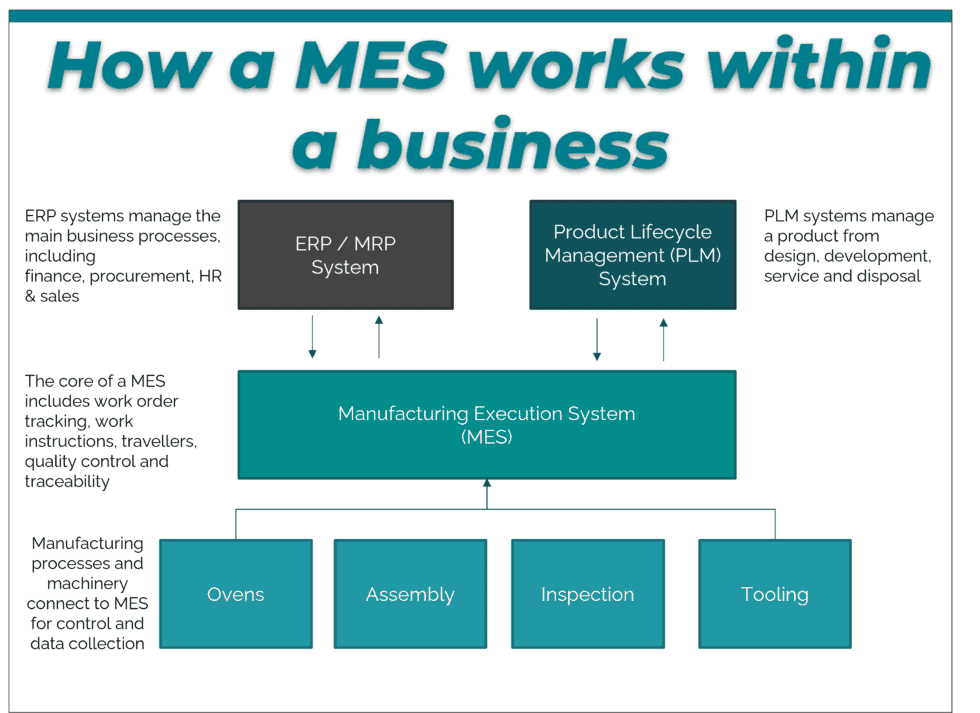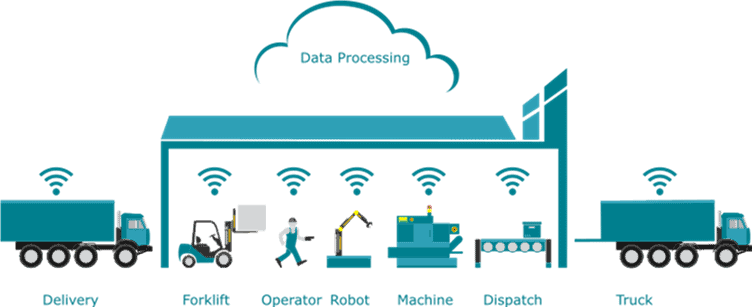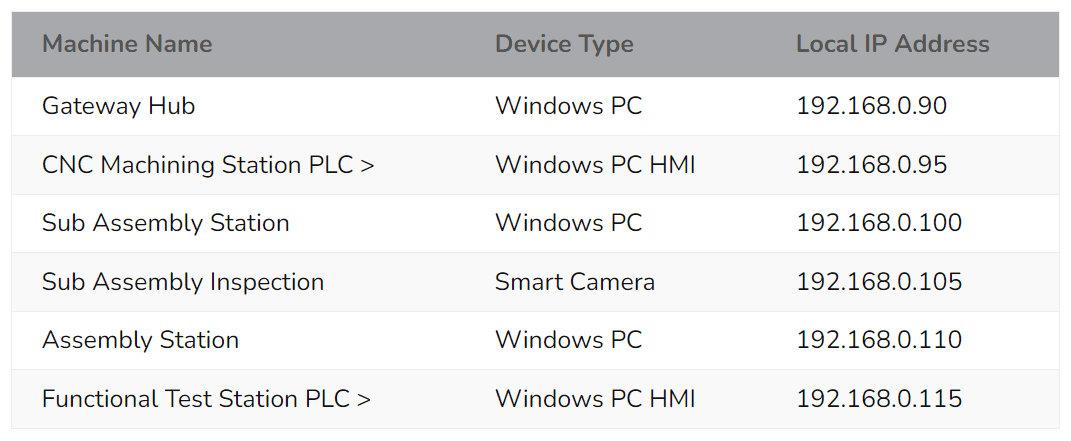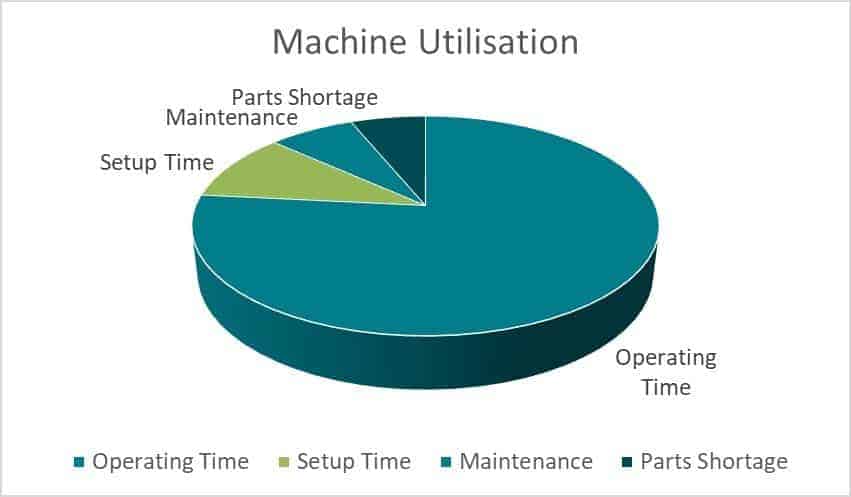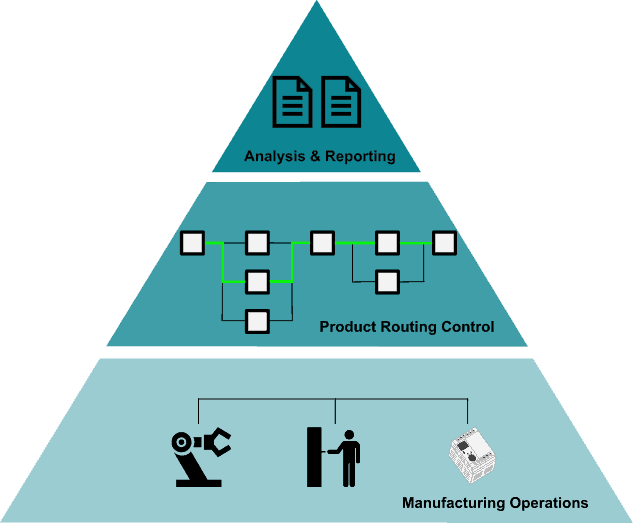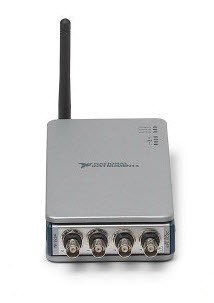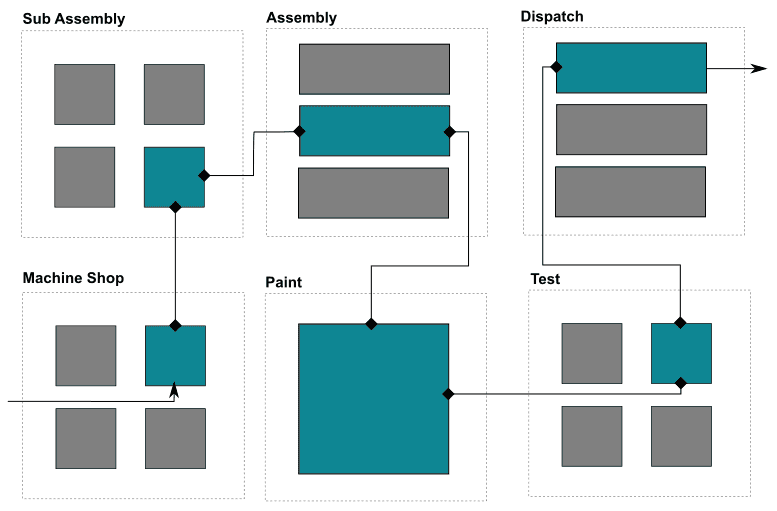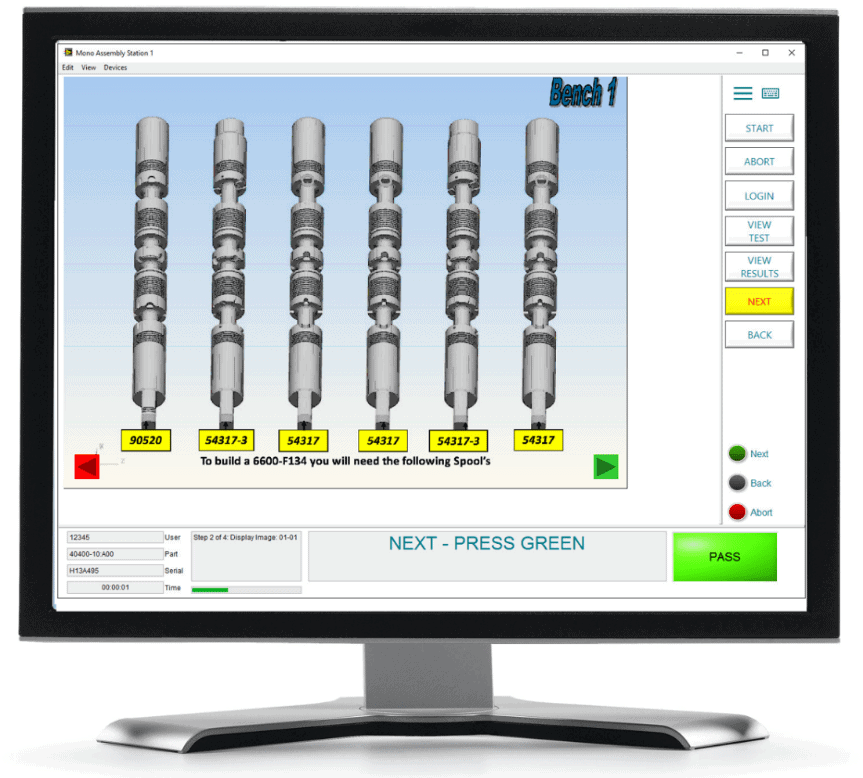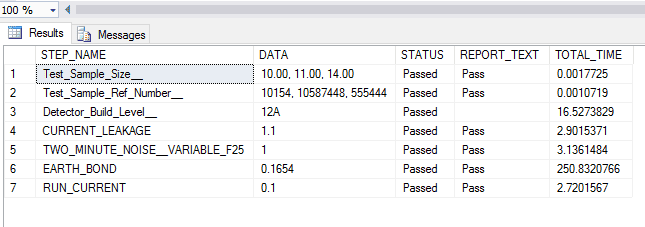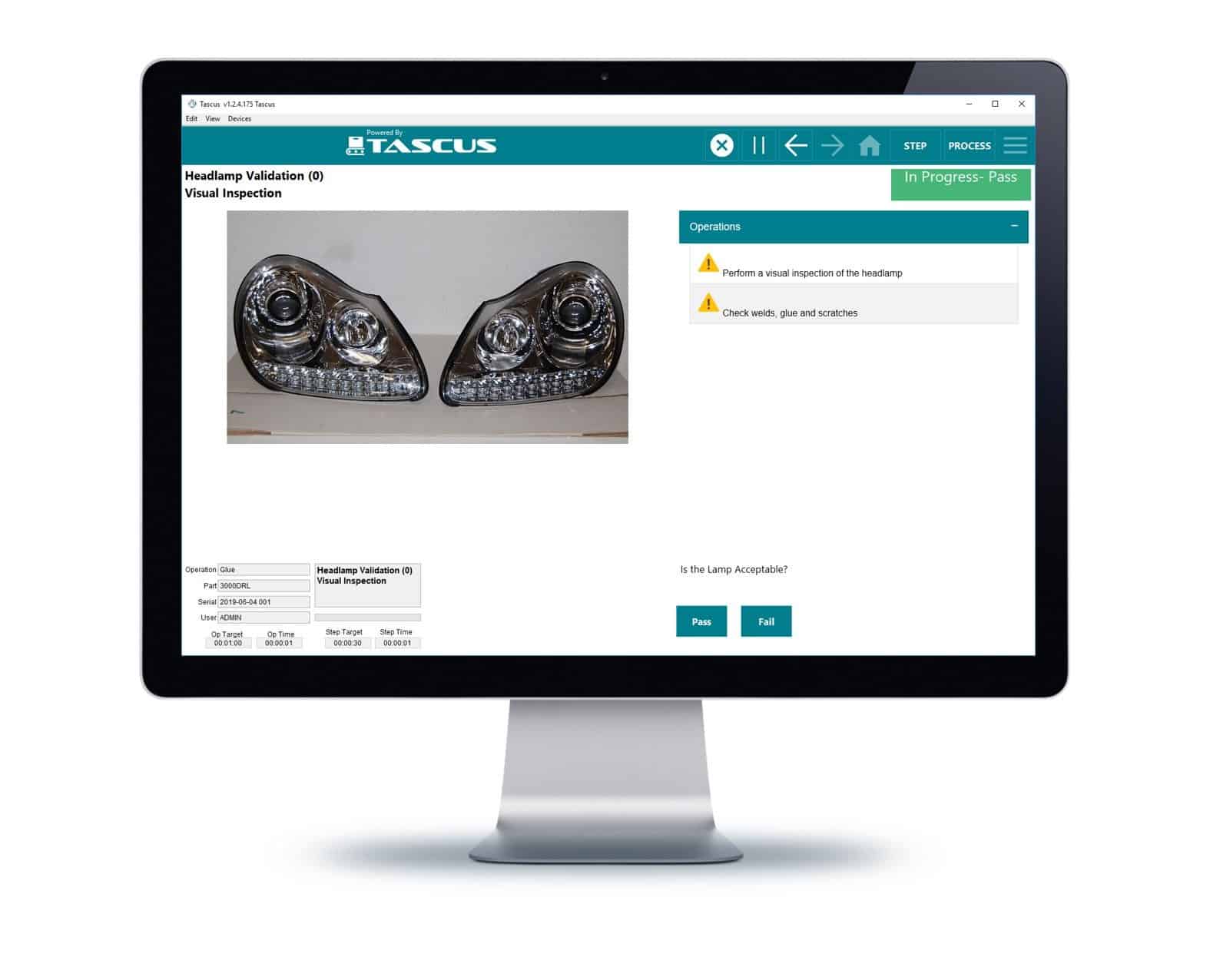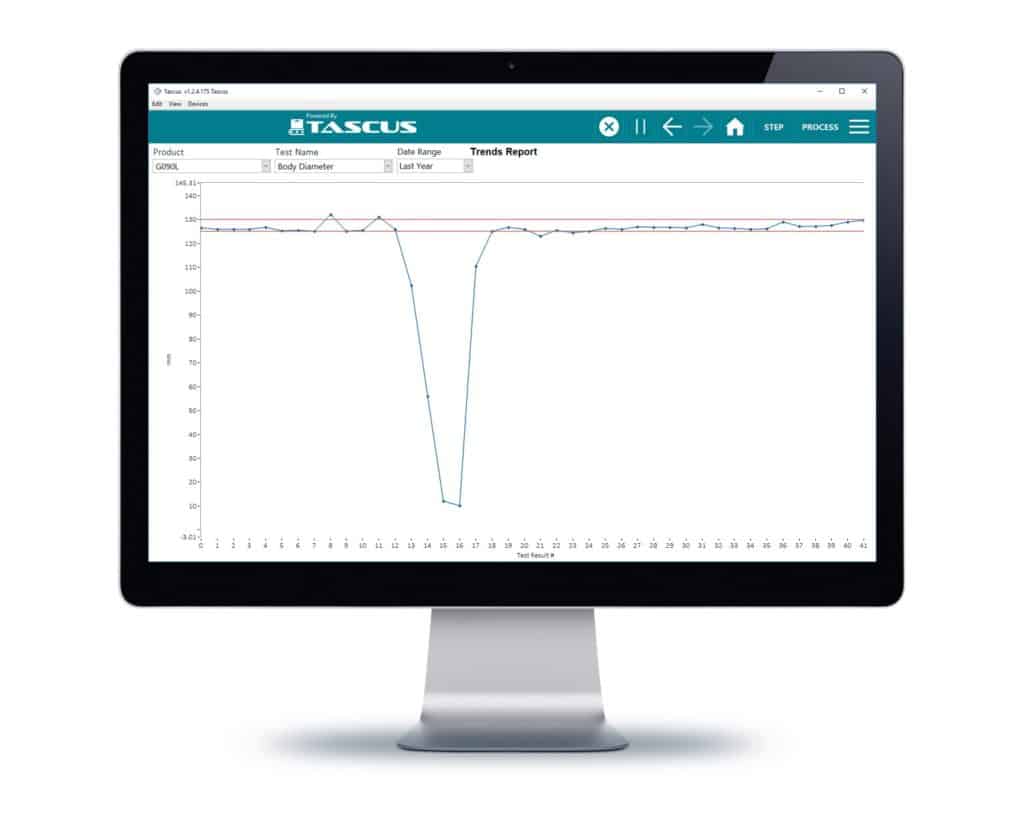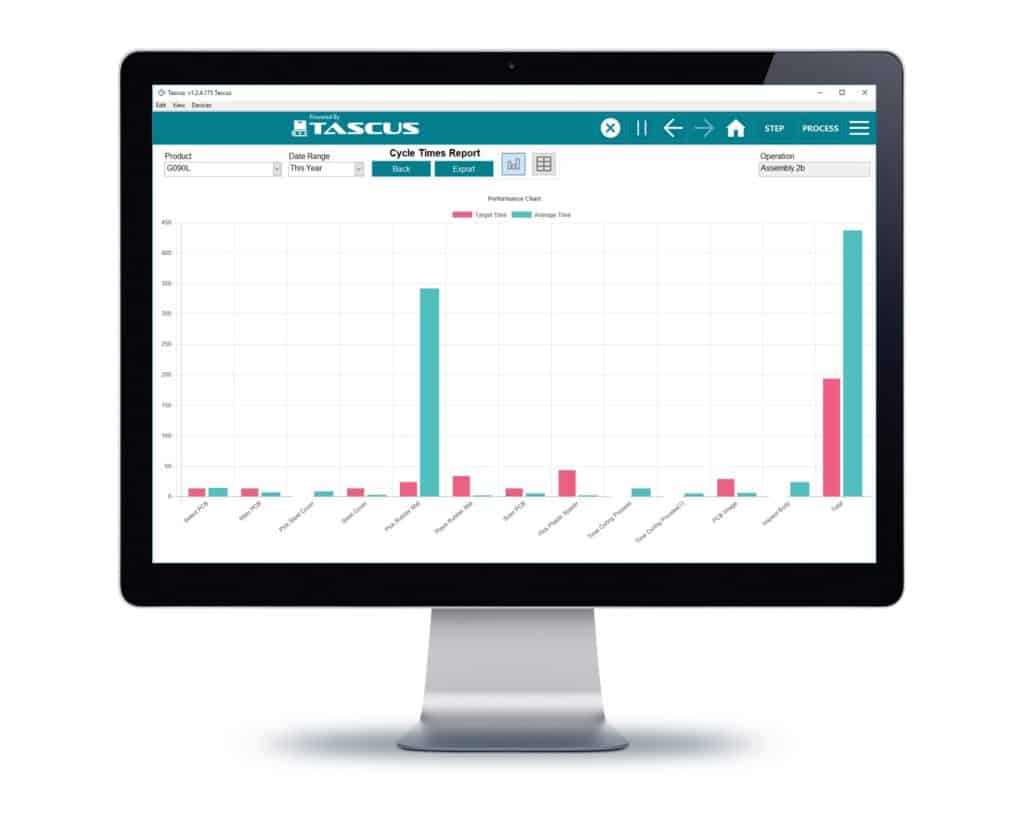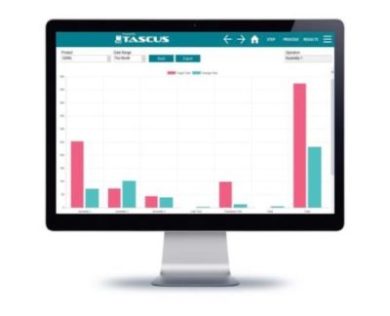
How Can You Get Your Manufacturing Operations Team Working Remotely?
You rely on your manufacturing operations team to expedite production orders, to ensure that targets are met and orders fulfilled. With paper-based production systems, it’s impossible for operations teams to manage work in progress, from home.
A Manufacturing Execution System (MES) enables your operations team to be just as effective remotely as when they are in the factory. In this article, we’ll look at the key features of an MES that allow operations teams to work remotely.
Instant Communication With Shop Floor Messaging
This means that shop floor operators can directly message members of the operations team at home when they need assistance for equipment problems, part shortages or process-related questions.
Real-time messaging lets an operator
get immediate attention from the right member of the operations team to get
their problem solved quickly, with minimal downtime.
Tracking Work In Progress
Production Status Reports show what stage each product is at, how long it has been there and if it is on track to be completed on time. This overview of Work in Progress helps operations managers see remotely, at a glance what is happening across a factory. This allows them to quickly identify and resolve issues that would have meant missed delivery dates.
Reducing Downtime
Downtime tracking and reporting let the operations team at home review which issues caused downtime in the last 24 hours. With this knowledge, they can quickly focus on resolving the top 20% of the issues that will cause 80% of the downtime.
Respond to Change and Quickly Update
Work Procedures
It’s going to be a time of rapid change over the next few months, so it’s critical to be able to change working processes fast. If your business is reliant on paper work instructions, each change is going to be painful to implement. An MES that uses Digital Work Instructions allows an engineer to change work instructions from home, then instantly publish edits to the entire workforce.
Improved Productivity
Moving from a paper production system to a digital one has the added benefit of increasing productivity which is vital at a time when productivity can plummet, due to staff shortages.
Summary
In the months ahead, there are going to be major changes to the business landscape and our working practices. We’ve been helping manufacturing businesses for over a decade to utilise technology to be more productive and to be more responsive to change.
Time Critical
We can have you up and running in a matter of days. This will allow your engineers, managers, and directors to work from home whilst production continues so that your business fulfills orders.
Monthly Pricing
Due to the urgency for manufacturers to get staff working from home, we are waiving our minimum term period until 2021. Our monthly license fee will allow you to set up remote visibility of your production line, without having to get a large budget approved and you can stop at any time.





